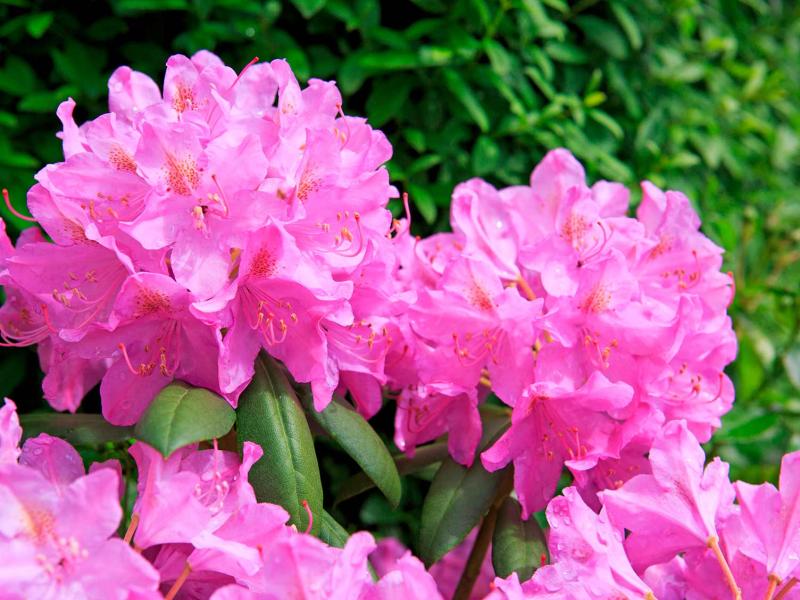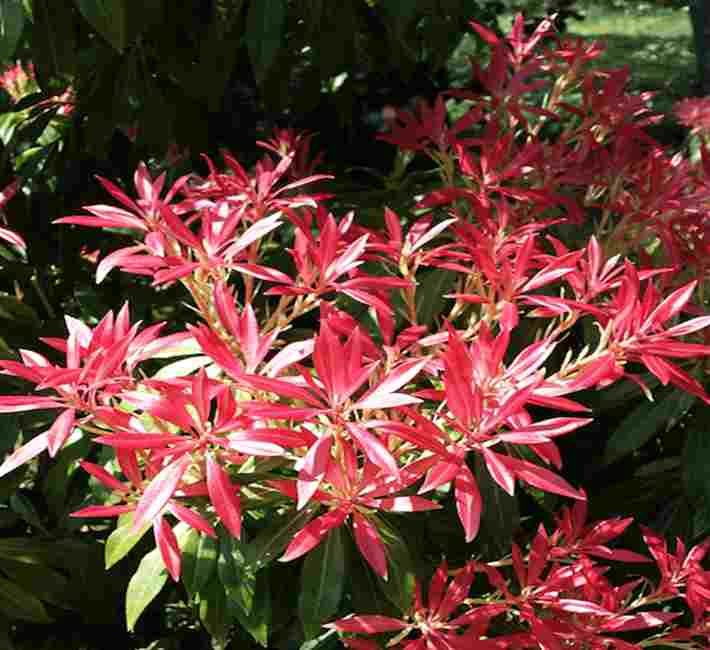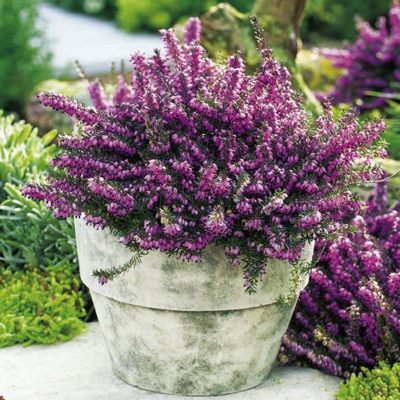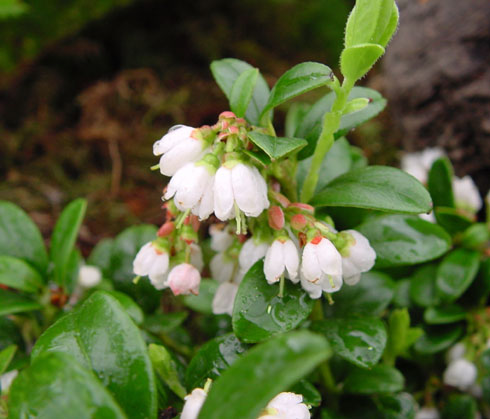How To Grow Ericaceous Plants Like A Pro
Ericaceous plants are a group of acid-loving plants that include rhododendrons, azaleas, camellias, heathers, and blueberries. These plants are popular in gardens because of their beautiful flowers and foliage. However, they can be challenging to grow if you don't know what you're doing.
In this blog post, I will share some tips on how to grow ericaceous plants like a pro. I will cover topics such as choosing the right location, preparing the soil, planting, watering, fertilizing, and pruning.
Choosing the right location
The first step to growing ericaceous plants is to choose the right location. These plants prefer a shady or partially shaded spot in the garden. They should also be planted in well-drained soil that is acidic. The ideal pH range for ericaceous plants is between 4.5 and 6.0.
Preparing the soil
If you are planting ericaceous plants in your garden, you will need to prepare the soil first. This involves adding peat moss or other acidic amendments to the soil. You can also add pine bark, leaf mold, or compost.
Planting
When planting ericaceous plants, it is important to plant them at the same depth as they were in their original pot. You should also water the plants well after planting.
Watering
Ericaceous plants need to be watered regularly, especially during the summer months. However, it is important not to overwater these plants, as this can lead to root rot.
Fertilizing
Ericaceous plants should be fertilized once a year in the spring. You can use a fertilizer specifically designed for acid-loving plants.
Pruning
Ericaceous plants do not need to be pruned very often. However, you may need to prune them to remove dead or diseased branches. You can also prune them to shape the plant or to encourage new growth.
Conclusion
Growing ericaceous plants can be challenging, but it is also very rewarding. By following these tips, you can grow these beautiful plants in your own garden.
Here are some additional tips for growing ericaceous plants:
- Mulch around the plants to help retain moisture and suppress weeds.
- Protect the plants from strong winds and cold winters.
- Watch for signs of pests and diseases, and treat them promptly if they occur.
With a little care and attention, you can enjoy the beauty of ericaceous plants for many years to come.
visit Garden Wiki for more information.
FAQ of ericaceous
- What are ericaceous plants?
Ericaceous plants are those that prefer acidic soil, with a pH of 4.5 to 6. They include a wide variety of plants, such as rhododendrons, azaleas, camellias, blueberries, and heathers.
- What are the benefits of growing ericaceous plants?
Ericaceous plants are beautiful and add a touch of elegance to any garden. They are also relatively easy to care for, as long as you provide them with the right soil and conditions.
- How do I care for ericaceous plants?
Here are some tips on how to care for ericaceous plants:
* Use ericaceous compost or soil to provide the right pH balance.
* Water regularly, especially during the summer months.
* Mulch around the plants to help retain moisture and suppress weeds.
* Fertilize with an ericaceous plant food in the spring and fall.
- What are some common problems with ericaceous plants?
Some common problems with ericaceous plants include:
* Leaf yellowing: This is often caused by alkaline soil or water.
* Wilting: This can be caused by underwatering or lack of nutrients.
* Pests and diseases: Ericaceous plants can be susceptible to a variety of pests and diseases, such as aphids, scale, and mildew.
- How do I solve common problems with ericaceous plants?
Here are some tips on how to solve common problems with ericaceous plants:
* Test your soil pH and adjust it if necessary.
* Water regularly and deeply.
* Fertilize with an ericaceous plant food.
* Monitor your plants for pests and diseases and take steps to control them if necessary.








Post a Comment for "How To Grow Ericaceous Plants Like A Pro"